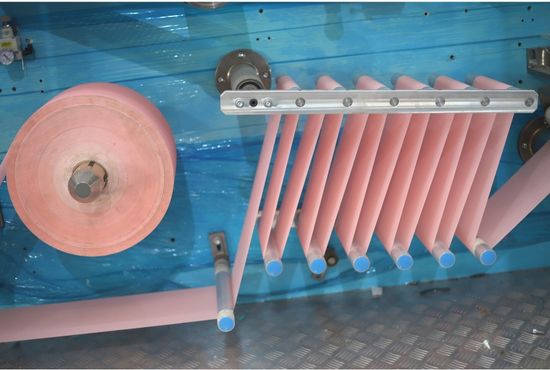The manufacturing of sanitary pads, though crucial for women’s health and hygiene, poses significant environmental challenges. This article explores the environmental impact of pad manufacturing and proposes effective mitigation strategies.
Environmental Impact of Pad Manufacturing
Sanitary pads are primarily made from a combination of plastics, cotton, and superabsorbent polymers. The production process involves extensive use of resources such as water, energy, and raw materials. Here are the key environmental femi sanitary napkins impacts:
- Carbon Footprint: The manufacturing process emits greenhouse gases, contributing to climate change. Production facilities often rely on fossil fuels for energy, further exacerbating carbon emissions.
- Resource Depletion: Cotton cultivation requires large amounts of water and pesticides, leading to water scarcity and soil degradation. Additionally, the extraction of raw materials like plastics and superabsorbent polymers depletes organic sanitary pad manufacturer non-renewable resources.
- Waste Generation: Disposable pads contribute significantly to solid waste accumulation. The plastic components, which take hundreds of years to degrade, end up in landfills or water bodies, posing long-term environmental risks.
- Chemical Pollution: The bleaching and chemical treatments used in pad manufacturing can release harmful pollutants into the environment, affecting aquatic ecosystems and human health.
Mitigation Strategies
To mitigate the environmental impact of pad manufacturing, several strategies can be adopted:
- Materials Innovation: Invest in research and development to create biodegradable and eco-friendly materials for pad production. Materials such as organic cotton, bamboo fibers, and biodegradable plastics can reduce environmental footprint.
- Energy Efficiency: Implement energy-efficient practices in manufacturing facilities, such as using renewable energy sources like solar or wind power, and optimizing production processes to minimize energy consumption.
- Waste Management: Promote recycling initiatives for used pads and explore options for biodegradable or compostable pad disposal. Encourage consumers to choose eco-friendly disposal methods.
- Education and Awareness: Raise awareness among consumers about the environmental impact of conventional pads and promote the use of sustainable alternatives. Encourage responsible consumption and disposal practices.
- Regulatory Measures: Advocate for policies and regulations that promote sustainable manufacturing practices and incentivize companies to reduce their environmental footprint.
Conclusion
Addressing the environmental impact of pad manufacturing requires a multi-faceted approach involving innovation, regulation, and consumer awareness. By adopting sustainable practices and promoting eco-friendly alternatives, we can minimize the ecological footprint of sanitary pads and contribute to environmental conservation.
